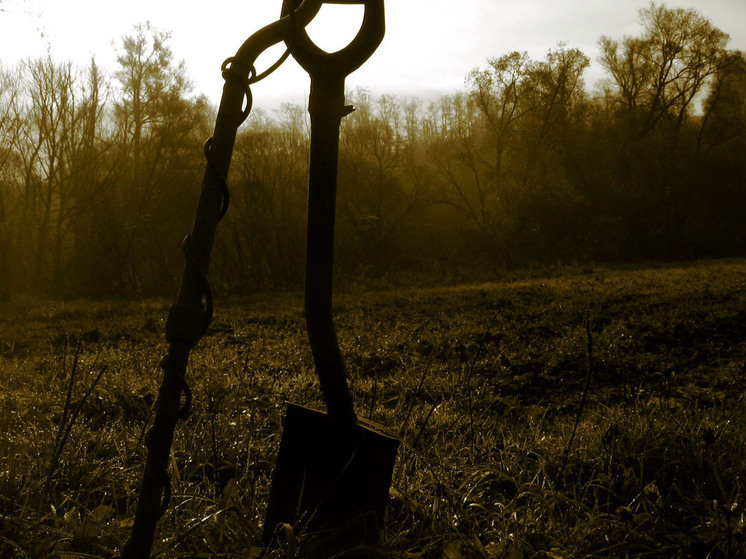“Monumental” find made in Inner Mongolia
Archaeologists have recently made an amazing, even “monumental” find: a dragon made from mussel shells in Inner Mongolia (China). Last week, archaeologists discovered a dragon made from mussel shells in Chifeng, Inner Mongolia Autonomous Region in northern China, that dates back much earlier than the iconic C-shaped jade dragon, which also belongs to the Neolithic Hongshan culture.
 < span itemprop="height" itemscope itemtype="https://schema.org/QuantitativeValue">
< span itemprop="height" itemscope itemtype="https://schema.org/QuantitativeValue">
According to Arkeonews, the city of Chifeng is located on the vast plains of the Inner Mongolia Autonomous Region in northeast China. Recently, its historical significance has been boosted by a monumental discovery that could potentially rewrite some aspects of ancient Chinese cultural narratives. Examining this new discovery and its aftermath reveals the complex and fascinating history of the ancient Hongshan culture.
Historical records place the Hongshan culture between 4700 and 2900 BC. Among the countless contributions to ancient Chinese civilization, he is perhaps best known for his exquisite jade carvings.
In a moment that can only be described as a fluke, archaeologists stumble upon a mysterious artifact: a dragon carefully crafted from mussel shells.
This discovery is an important discovery that fills a gap in archaeologists' knowledge of the dragon symbol in early culture Hongshan, says Song Jingshan, president of the Institute of Cultural Relics and Archeology of Inner Mongolia.
The jigsaw-like dragon is assembled from several mussel shells that form its head, body and tail, according to Hu Chongbo, project leader of the excavation at the Kaitaopo site in the Songshan District of Chifeng.
About 20 centimeters long, this intriguing dragon is a mosaic of nature's mysteries. The whole structure — head to tail — reflects a deep understanding of anatomy and a commendable attitude towards art.
The excavated objects that were found next to the fragments of two pottery are typical of the Hongshan culture, according to Arkeonews.
This mussel shell dragon is very different from the previously discovered Hongshan C-shaped jade dragon in terms of carving technique and style. It looks more delicate and realistic, and the teeth, tail and other parts of the thread are very thin. In addition, the shape is not a C-shaped dragon with a coiled body, but a prostrate image of a dragon.
Archaeologists believe that the previously discovered jade artifacts of the Hongshan culture were placed in high-class ritual buildings or ceremonial venues, while while the dragon discovered during the current excavations is the key to the spiritual world of people living in low-grade settlements.
This distinction highlights the cultural diversity and social stratification of the Hongshan culture, presenting a richer picture of their lifestyle, beliefs and rituals.
Thriving in the West Liao River Basin in northeast China, the Hongshan culture marked the Neolithic era with its identity. Various archaeological sites associated with this culture stretch from Inner Mongolia Autonomous Region to Liaoning.


